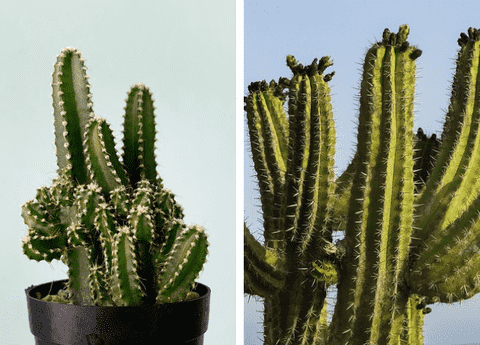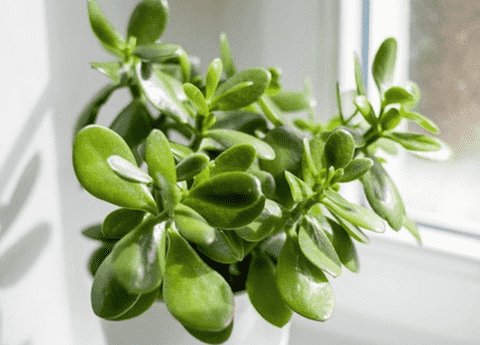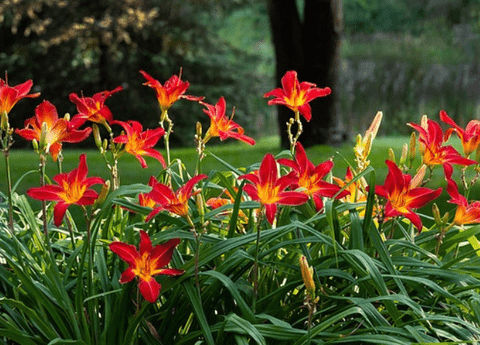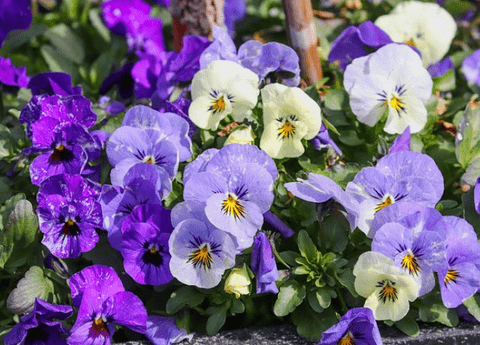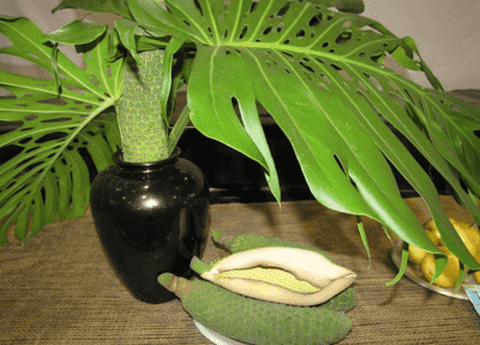The Ultimate Saguaro Growing Guide: Tips for Garden Enthusiasts
Table of Contents
Growing a saguaro cactus can be a deeply rewarding endeavor for garden enthusiasts, amateur botanists, and desert plant lovers alike. Known for its majestic stature and iconic silhouette, the saguaro is not just a plant but a symbol of the arid landscapes of the American Southwest. In this ultimate saguaro growing guide, we will provide you with essential saguaro care tips and comprehensive advice on how to grow saguaro successfully in your garden. From soil requirements to watering schedules, and from sunlight needs to pest management, this guide will cover all aspects of saguaro plant care to ensure your cactus thrives for generations to come. Dive in to unlock the secrets of caring for saguaro cactus and transform your garden into a desert oasis.
Introduction to Saguaro Growing
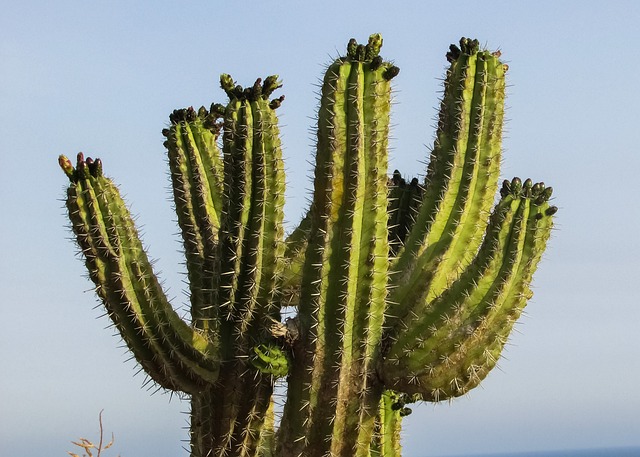
Understanding the Saguaro Cactus
The saguaro cactus (Carnegiea gigantea) is a large, tree-like cactus species native to the Sonoran Desert in Arizona, the Mexican state of Sonora, and parts of California. Recognizable by its tall, columnar body and upward-reaching arms, the saguaro can grow over 40 feet tall and live for more than 150 years. It plays a crucial role in its ecosystem, providing habitat and food for various wildlife.
Understanding the saguaro’s natural environment is essential for successful cultivation. Saguaros thrive in hot, arid conditions where they receive plenty of sunlight and minimal water. Their slow growth rate, often only an inch or two per year, means patience is key. Equipped with this knowledge, you’ll be better prepared to replicate their natural habitat and meet their specific needs, ensuring your saguaro grows healthy and strong.
Benefits of Growing Saguaro

Growing saguaro cacti offers numerous benefits beyond their striking visual appeal. Firstly, saguaros are incredibly low-maintenance plants once established, making them ideal for gardeners seeking hardy, drought-tolerant options. Their unique shape and towering presence can serve as a focal point in any garden, adding an element of the exotic.
Additionally, saguaros support local wildlife. They produce white flowers that bloom at night, attracting pollinators such as bats and bees. Later, their red fruit provides nourishment for birds and small mammals. This makes them a valuable addition to eco-friendly gardens aiming to bolster biodiversity.
Moreover, saguaros are a piece of living history and culture. They are iconic symbols of the American Southwest, embodying the spirit of the desert. By growing a saguaro, you’re contributing to the preservation of this remarkable species and enriching your garden with a plant steeped in natural heritage.
Essential Saguaro Growing Guide
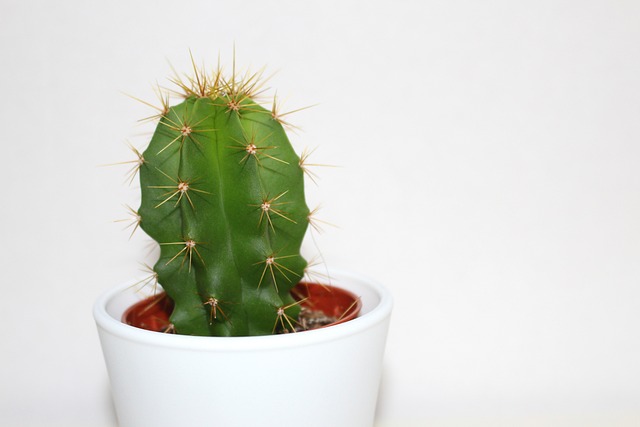
When it comes to growing saguaro, understanding their specific requirements is crucial. Start with the right soil; saguaros prefer well-draining, sandy soil that mimics their desert habitat. You can create a suitable mix by combining cactus potting soil with sand and small gravel.
Sunlight is another critical factor. Saguaros need full sun to thrive, so choose a location in your garden that receives at least six hours of direct sunlight each day. For young saguaros, some light shade can prevent sunburn until they are more established.
Watering is minimal but precise. Overwatering can lead to root rot, so water your saguaro deeply but infrequently. Let the soil dry out entirely between waterings, particularly during cooler months when the cactus is dormant.
Lastly, consider the climate. Saguaros are best suited for USDA hardiness zones 9 to 11. If you live in a cooler region, growing saguaro in a pot that can be moved indoors during winter may be necessary.
Steps to Grow and Care for Saguaro
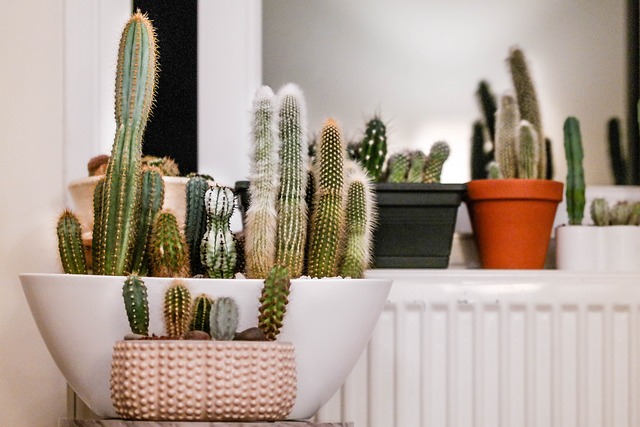
Preparing the Planting Site
Choosing and preparing the right planting site is vital for the successful growth of your saguaro cactus. Begin by selecting a location that provides ample sunlight, as saguaros require full sun for most of the day. An area with at least six hours of direct sunlight is ideal.
Next, focus on the soil. Saguaros thrive in well-draining, sandy soil. If your garden soil is heavy or clay-like, you can amend it by mixing in coarse sand and small gravel to improve drainage. This will help prevent water from accumulating around the roots, reducing the risk of root rot. Before planting, clear the area of any weeds or debris to reduce competition for nutrients and minimize the risk of pests. Dig a hole twice as wide and just as deep as the root ball of your saguaro. Gently place the cactus in the hole, ensuring it stands upright, and backfill with the amended soil mixture.
Watering and Soil Requirements
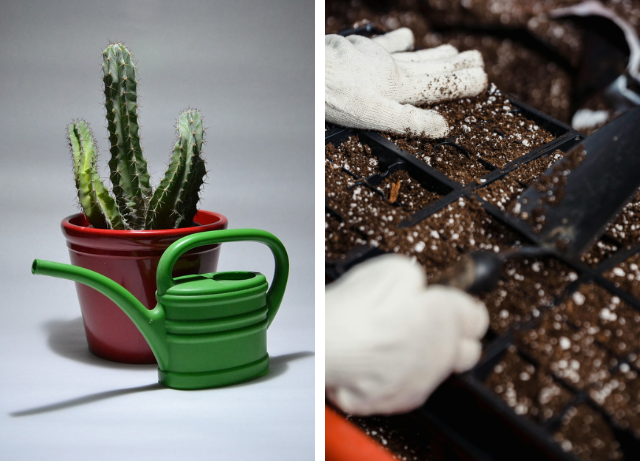
Proper watering and soil are key to saguaro plant care. Saguaros are adapted to arid environments and require infrequent watering. Water deeply but sparingly, allowing the soil to dry out completely between waterings. Overwatering can cause root rot, especially in cooler months when the cactus is dormant. During the growing season, water is available every two to four weeks, depending on your climate.
Soil quality is equally important. Saguaros thrive in well-draining, sandy soil that replicates their natural desert habitat. A suitable soil mix can be created by combining cactus potting soil with coarse sand and small gravel. This ensures excess water drains away quickly, preventing waterlogged conditions that can harm the roots.
Monitoring your saguaro’s soil and adjusting your watering schedule based on seasonal changes will help maintain optimal growing conditions. By adhering to these guidelines, you can ensure your saguaro remains healthy and vibrant for years to come.
Common Saguaro Care Tips
Caring for saguaro cactus involves a few essential practices to ensure its health and longevity. First, monitor sunlight exposure. Saguaros need full sun, but younger plants benefit from some light shade to prevent sunburn. Gradually increase their sun exposure as they mature.
Next, be vigilant about pests and diseases. Mealybugs and scale insects can affect saguaros. Regularly inspect your cactus and use insecticidal soap if needed. Also, watch for signs of bacterial or fungal infections, such as black spots or oozing areas, and address them promptly.
Fertilization can support growth, especially in younger saguaros. Use a balanced, diluted cactus fertilizer during the growing season, but avoid over-fertilizing, which can damage the plant.
Lastly, consider the plant’s stability. As saguaros grow tall, they may need staking to prevent tipping. Ensure the cactus is firmly anchored, especially in windy areas.
By following these saguaro care tips, you can maintain a healthy, thriving cactus that has added beauty to your garden for decades.
Maintaining a Healthy Saguaro
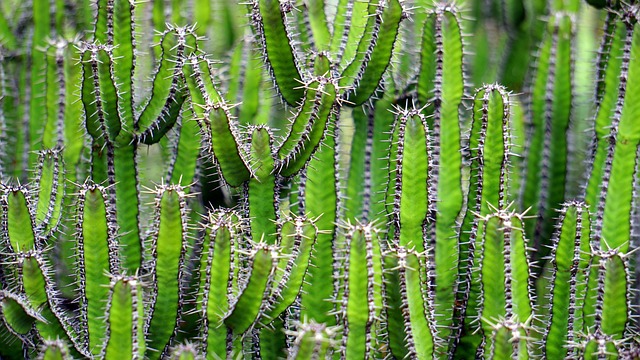
Recognizing Common Issues
Recognizing common issues early is crucial for maintaining a healthy saguaro cactus. One of the most prevalent problems is root rot, typically caused by overwatering or poor drainage. Signs include yellowing or wilting and a mushy base. To prevent this, ensure your soil drains well and water sparingly.
Pests like mealybugs and scale insects can also affect saguaros. These pests suck sap from the cactus, weakening it over time. Symptoms include white, cotton-like masses or small brown bumps on the plant. Regularly inspect your cactus and use insecticidal soap to manage infestations.
Sunburn is another issue, especially for younger saguaros. If you notice brown, sunken spots on the skin, provide some light shade and gradually increase sun exposure.
Lastly, bacterial and fungal infections can manifest as black spots, oozing areas, or a foul smell. Promptly remove the affected areas and apply fungicides if required.
By staying vigilant and addressing these issues promptly, you can ensure your saguaro remains robust and healthy.
Seasonal Saguaro Plant Care
Seasonal care is essential for keeping your saguaro cactus healthy throughout the year. During the spring and summer growing seasons, water your saguaro every two to four weeks, depending on your climate. This is also the time to apply a balanced, diluted cactus fertilizer to support growth.
In fall, gradually reduce watering frequency as temperatures drop. This helps the cactus prepare for its dormant phase. Stop fertilizing entirely during this period to prevent stimulating new growth that the cactus can’t sustain in cooler weather.
Winter care involves minimal watering, as saguaros require little to no water when dormant. Ensure the soil remains dry to prevent root rot. If your area experiences frost, consider using frost cloths to protect your saguaro, especially young plants.
In early spring, gradually resume your regular watering schedule and inspect for any winter damage. By adjusting your saguaro care to suit the seasons, you can ensure it remains healthy and resilient year-round.
Long-term Saguaro Growing Guide
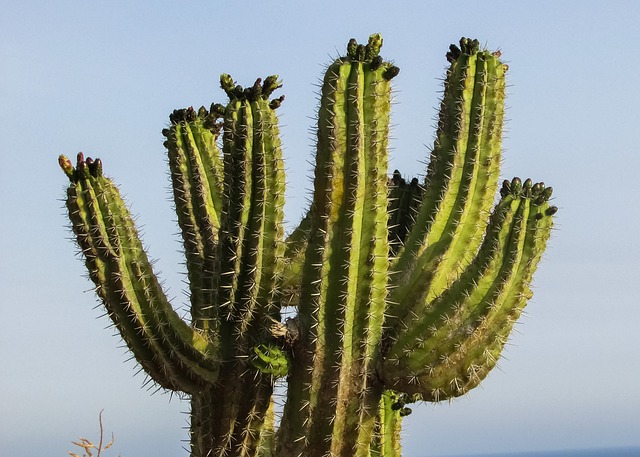
Successfully growing saguaros requires a long-term commitment due to their slow growth rate and longevity. Over the years, your saguaro will grow just a few inches annually, so patience is crucial. Regular monitoring and maintenance will ensure your cactus thrives for decades.
Firstly, keep an eye on the cactus’s structural integrity. As saguaros grow taller, they may require staking to prevent tipping, especially in windy areas. Ensure stakes are sturdy but do not damage the plant.
Secondly, continue to provide appropriate water and soil conditions. Even mature saguaros need well-draining soil and infrequent watering to avoid root rot. Seasonal care adjustments remain vital, particularly during extreme weather conditions.
Lastly, watch for signs of aging or stress, such as unusual growth patterns or skin changes. Routine inspections can help you identify problems early on. With consistent care and attention, your saguaro can become a towering, iconic feature in your garden, standing tall for generations.

